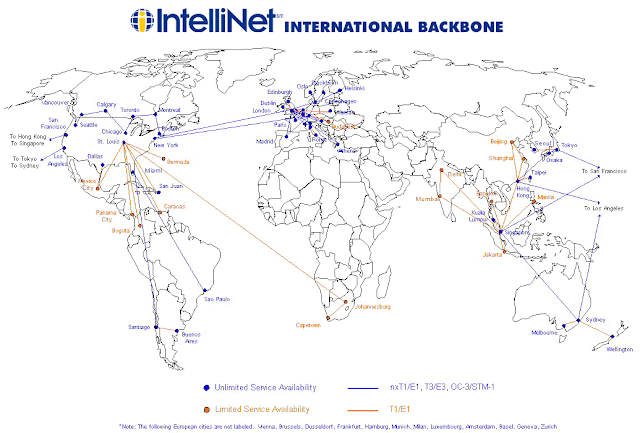

Unique to the virtual network, for example: 10.1.0.0/16 Subnet within virtual network that route is added to The other system routes and next hop types that Azure may add when you enable different capabilities are: Source Depending on the capability, Azure adds optional default routes to either specific subnets within the virtual network, or to all subnets within a virtual network.

If you assign an address range to the address space of a virtual network that includes, but isn't the same as, one of the four reserved address prefixes, Azure removes the route for the prefix and adds a route for the address prefix you added, with Virtual network as the next hop type.Īzure adds more default system routes for different Azure capabilities, but only if you enable the capabilities.

If you assign any of the previous address ranges within the address space of a virtual network, Azure automatically changes the next hop type for the route from None to Virtual network. Azure automatically creates default routes for the following address prefixes: None: Traffic routed to the None next hop type is dropped, rather than routed outside the subnet. You can override Azure's default system route for the 0.0.0.0/0 address prefix with a custom route. Traffic between Azure services doesn't traverse the Internet, regardless of which Azure region the virtual network exists in, or which Azure region an instance of the Azure service is deployed in.

If the destination address is for one of Azure's services, Azure routes the traffic directly to the service over Azure's backbone network, rather than routing the traffic to the Internet. If you don't override Azure's default routes, Azure routes traffic for any address not specified by an address range within a virtual network, to the Internet, with one exception. The system default route specifies the 0.0.0.0/0 address prefix. Internet: Routes traffic specified by the address prefix to the Internet. This is because each subnet address range is within an address range of the address space of a virtual network. Though a virtual network contains subnets, and each subnet has a defined address range, Azure doesn't create default routes for subnet address ranges. You don't need to define gateways for Azure to route traffic between subnets. Azure automatically routes traffic between subnets using the routes created for each address range. If the virtual network address space has multiple address ranges defined, Azure creates an individual route for each address range. Azure creates a route with an address prefix that corresponds to each address range defined within the address space of a virtual network. Virtual network: Routes traffic between address ranges within the address space of a virtual network. Explanations for the next hop types follow: The next hop types listed in the previous table represent how Azure routes traffic destined for the address prefix listed. Whenever a virtual network is created, Azure automatically creates the following default system routes for each subnet within the virtual network: Source Learn more about how Azure selects a route when multiple routes contain the same prefixes, or overlapping prefixes. When traffic leaving a subnet is sent to an IP address within the address prefix of a route, the route that contains the prefix is the route Azure uses. DefaultĮach route contains an address prefix and next hop type. Azure creates default system routes for each subnet, and adds more optional default routes to specific subnets, or every subnet, when you use specific Azure capabilities. You can't create system routes, nor can you remove system routes, but you can override some system routes with custom routes. System routesĪzure automatically creates system routes and assigns the routes to each subnet in a virtual network. Azure routes outbound traffic from a subnet based on the routes in a subnet's route table. You can override some of Azure's system routes with custom routes, and add more custom routes to route tables. To learn more about virtual networks and subnets, see Virtual network overview. Azure automatically creates a route table for each subnet within an Azure virtual network and adds system default routes to the table. Learn about how Azure routes traffic between Azure, on-premises, and Internet resources.


 0 kommentar(er)
0 kommentar(er)
